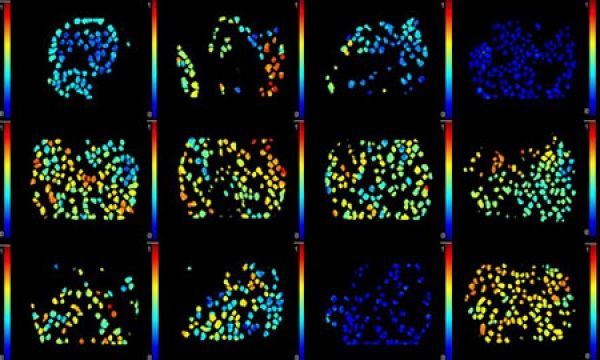Scientists have developed a technique that allows them to measure how well cancer drugs reach their targets inside the body. It shows individual cancer cells in a tumour in real time, revealing which cells interact with the drug and which cells the drug fails to reach.
In the future, the findings, published in Nature Communications, could help clinicians decide the best course and delivery of treatment for cancer patients.
Scientists have developed a technique that allows them to measure how well cancer drugs reach their targets inside the body. It shows individual cancer cells in a tumour in real time, revealing which cells interact with the drug and which cells the drug fails to reach.
In the future, the findings, published in Nature Communications, could help clinicians decide the best course and delivery of treatment for cancer patients.
Cancer drug delivery
Failure of chemotherapy to reach all cancer cells in a tumour is a major cause of poor treatment outcomes. To study this problem in detail requires a technique for accurately measuring how well drugs bind their targets - so-called 'drug-target engagement' - in the body.
Existing techniques can't show which cells have been targeted by cancer drugs. This is because measurements are taken from liquefied cancer biopsies, so material from different cells gets mixed together.
Read more at The Francis Crick Institute
Image: In vivo images of individual cells in ovarian tumours in mice. CREDIT: Erik Sahai, Francis crick Institute.




